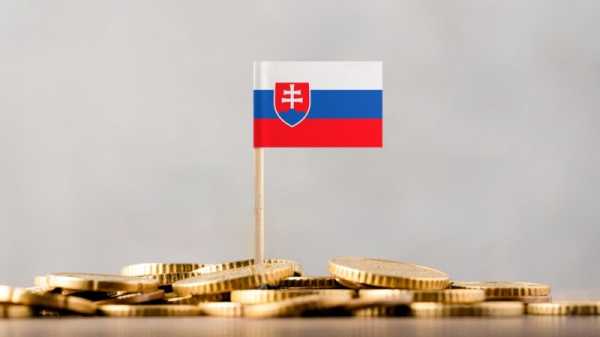
Slovakia’s GDP growth has been almost constant and the steadiest compared to other EU countries since 2014, a rather atypical performance for a small and export-driven country, according to a new analysis by the Institute of Financial Policy. Read more.
While Slovakia’s growth has been average in recent years, quarter-on-quarter growth has been almost constant, leading analysts to call the country an “oasis of stability”.
“Slovakia’s economic development is long-term steady. Apart from the pandemic, it has even been the most stable country in the EU for the past ten years. Such behaviour is unusual for a modest open economy,” the institute said.
For similar economies, such as Hungary and the Czech Republic, the quarter-on-quarter changes are more dynamic, according to the analysts’ calculations.
Ireland is also an example of where quarterly growth has been very dynamic – a phenomenon largely explained by multinational companies setting up their headquarters here. Apple’s decision to shift operations there resulted in Ireland seeing a 26% GDP growth in 2015.
Ireland’s own GNI star index, designed to eliminate the unfair impact of multinationals, demonstrates that its underlying economic activity is around 40% lower than the country’s GDP total.
But Slovakia’s economy is not only notable for its stability, as it has outperformed the other Visegrad countries in terms of growth this year compared to last.
The Ministry of Finance’s experts also noted that Slovakia’s exports to Russia have drastically decreased since Russia’s assault against Ukraine.
They estimated that, compared to the year before the attack started, the value of Slovak exports decreased by 64%, or over €1 billion.
To compensate, exporters found new business in countries such as Turkey, UAE, Saudi Arabia, Kuwait or Qatar.
(Karol Slovik, Barbara Zmušková | EURACTIV.sk)
Read more with EURACTIV

Polish opposition pulls Belarusian activists with liberal abortion views from race
Source: euractiv.com



